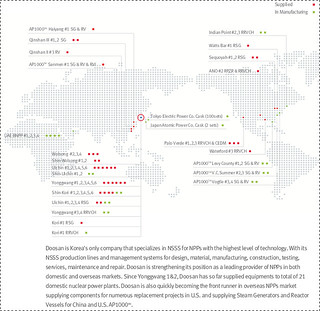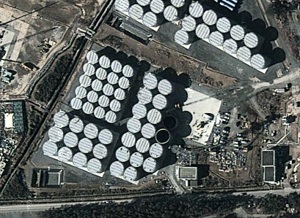Current PM Shinzo Abe was his chosen successor, and now Junichiro Koizumi (prime minister 2001-2006) calls on Abe to end nukes in Japan. Why? “A large majority of the population now understands that nuclear energy is the most expensive form of power generation.” For sure here in Georgia, with Georgia Power charging through the nose for power customers aren’t even receiving while trying to hike the price of solar power, too. Let’s end Plant Vogtle and get on with renewable solar inland and wind off the coast.
Wolf Richter wrote for Zerohedge 4 October 2013, The End Of Nuclear Energy In Japan?
And on August 26, his words made it into the Mainichi Shimbun. If he were an active politician, he’d want “to convince lawmakers to move in the direction of zero nuclear plants,” he said. Now would be the ideal time to move that direction. All 50 nuclear reactors were off line. All opposition parties favored zero nuclear power. It could be done “as long as the prime minister made the decision” — putting the onus squarely on his former protégé. And nuclear politics in Japan haven’t been the same since.
The next blast came on September 24 at a forum in Tokyo. He talked about his trip to Finland in August. The purpose was to inspect the Onkalo spent-fuel repository. He was accompanied by Continue reading










